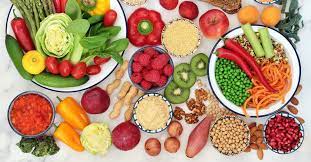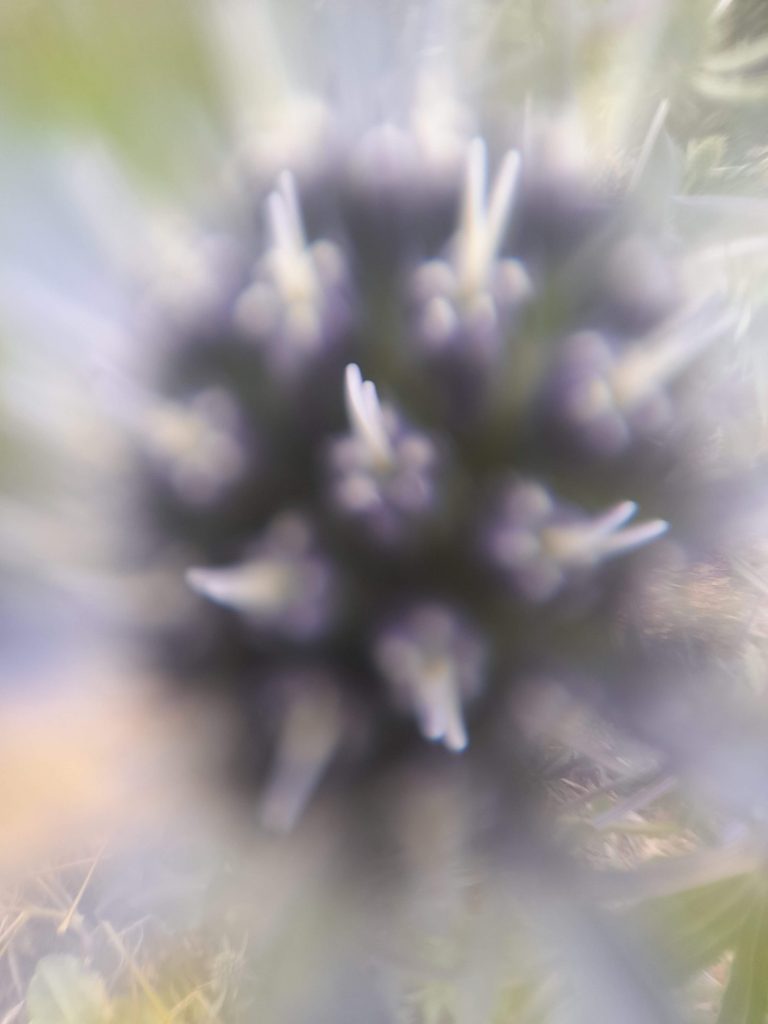Get more of the good bugs
Did you know that 90% of our cells are microbes, tiny creatures living in us and on us? We are their environment – and in return they keep us healthy. We live in symbiosis with them.
Sometimes our life styles stress that environment – anxiety, antibiotics and over-processed food change the environment those microbes live in – and disrupt the work that they do in keeping us healthy.
So what can we do to improve their environment and our health?
A good start is to consume fermented foods – things like yoghurt, kefir, kombucha and tempeh are all products that will improve your gut flora. Fermented vegetables like kimchi and sauerkraut are also useful.
You can make some of these things yourself, or just find a good source of naturally produced foods.
Ask around your community and see if someone can give you a start with some kefir granules. Just add milk (any sort – not just cows) or even water and let it sit till it thickens.
The microbes will be happier – and you’ll be healthier
Some of the benefits of good gut health are:
- Reduced overall inflammation, which can help with arthritis, cancer, diabetes, dementia, high blood pressure, stroke and heart health.
- Improved immune system function, leading to fewer infections, less chance of autoimmune disease.
- Fewer digestive issues, from constipation to irritable bowel. Food sensitivies and malabsorption can also be reduced.
There was a great documentary on this subject on ABC TV’s Catalyst in August 2014 called “Gut Reaction”




